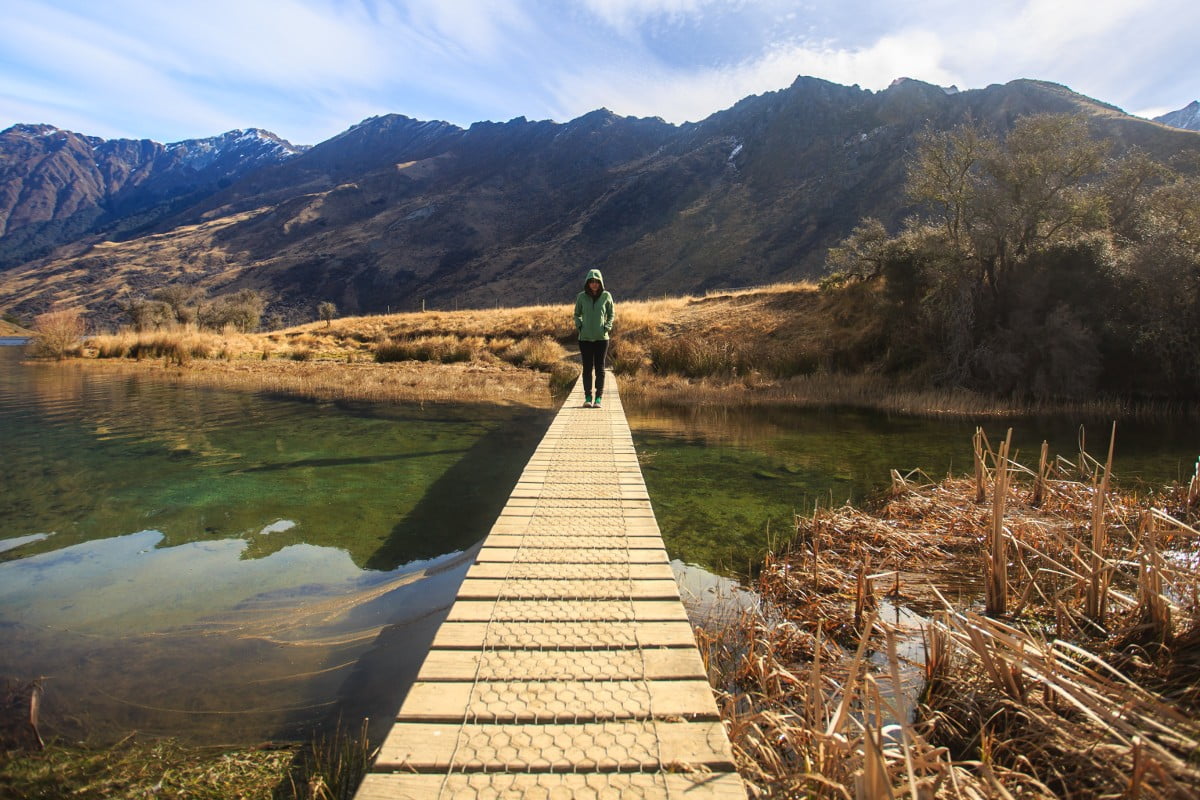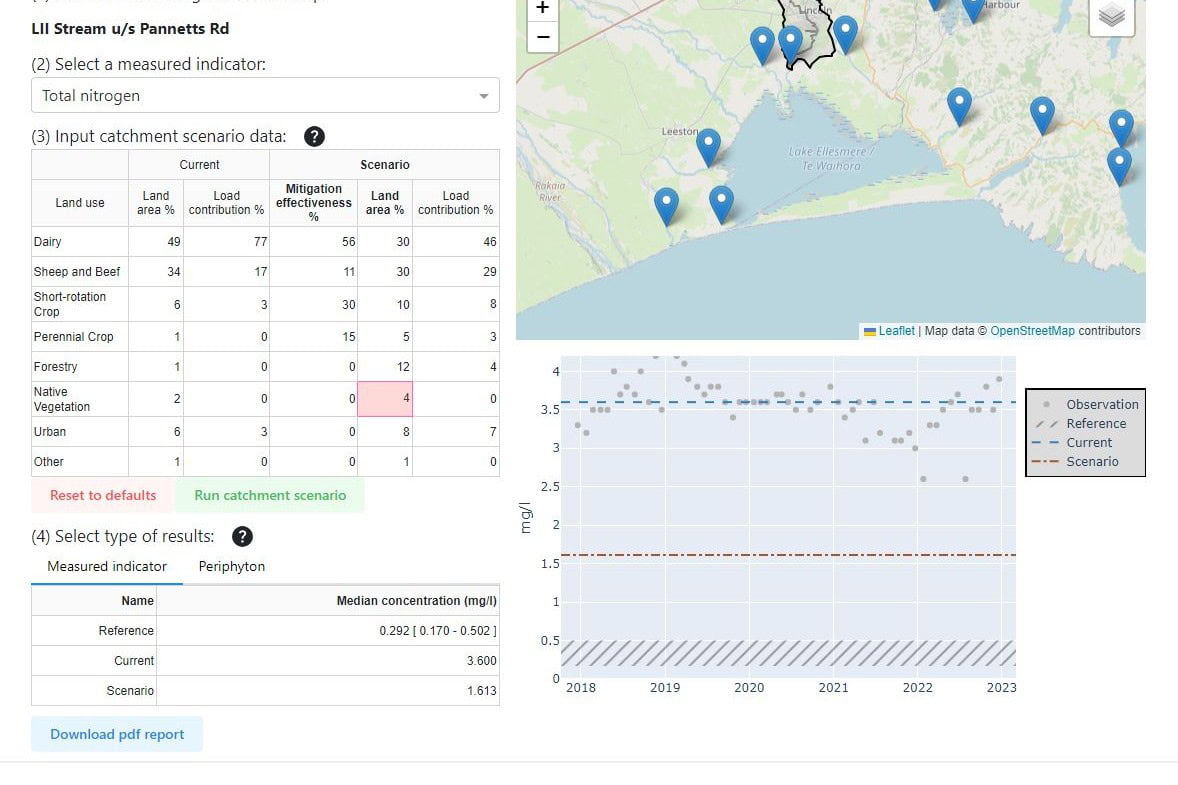August 30, 2024
Resources related to
Mitigation
Manaaka Whenua
There are more than 40 known and developing mitigation actions that go beyond industry good practice to reduce contaminants entering our waterways. These resources can help you identify and target appropriate mitigations, and discover new research on possible outcomes when they are applied.
Showing 1 - 12 of 108 results
Temperature and Nitrogen Effects on Phosphorus Uptake by Agricultural Stream-Bed Sediments
Climate change will likely increase the growing season, temperatures, and ratio of nitrogen (N) to phosphorus (P) loss from land to water. However, it is…
Balancing water-quality threats from nutrients and production in Australian and NZ dairy farms under low profit margins
We summarise the losses of N and P from Australasian dairy farms, examine the policy drivers used for mitigating losses and evaluate the effectiveness of…
Managing diffuse phosphorus at the source versus at the sink
Judicious phosphorus (P) management is a global grand challenge and critical to achieving water quality objectives while maintaining food production. The management of point sources…
Mitigating the impacts of dairy farming on water quality – what have we achieved?
NZ Society of Soil Science, December 2018
Why are median phosphorus concentrations improving in New Zealand streams and rivers?
Between 2004 and 2013 phosphorus concentrations decreased at 65% of the 304 sites monitored. Our research found the most probable causes of improvement were that…
 View Our Strategy Document 2019 – 2024
View Our Strategy Document 2019 – 2024


